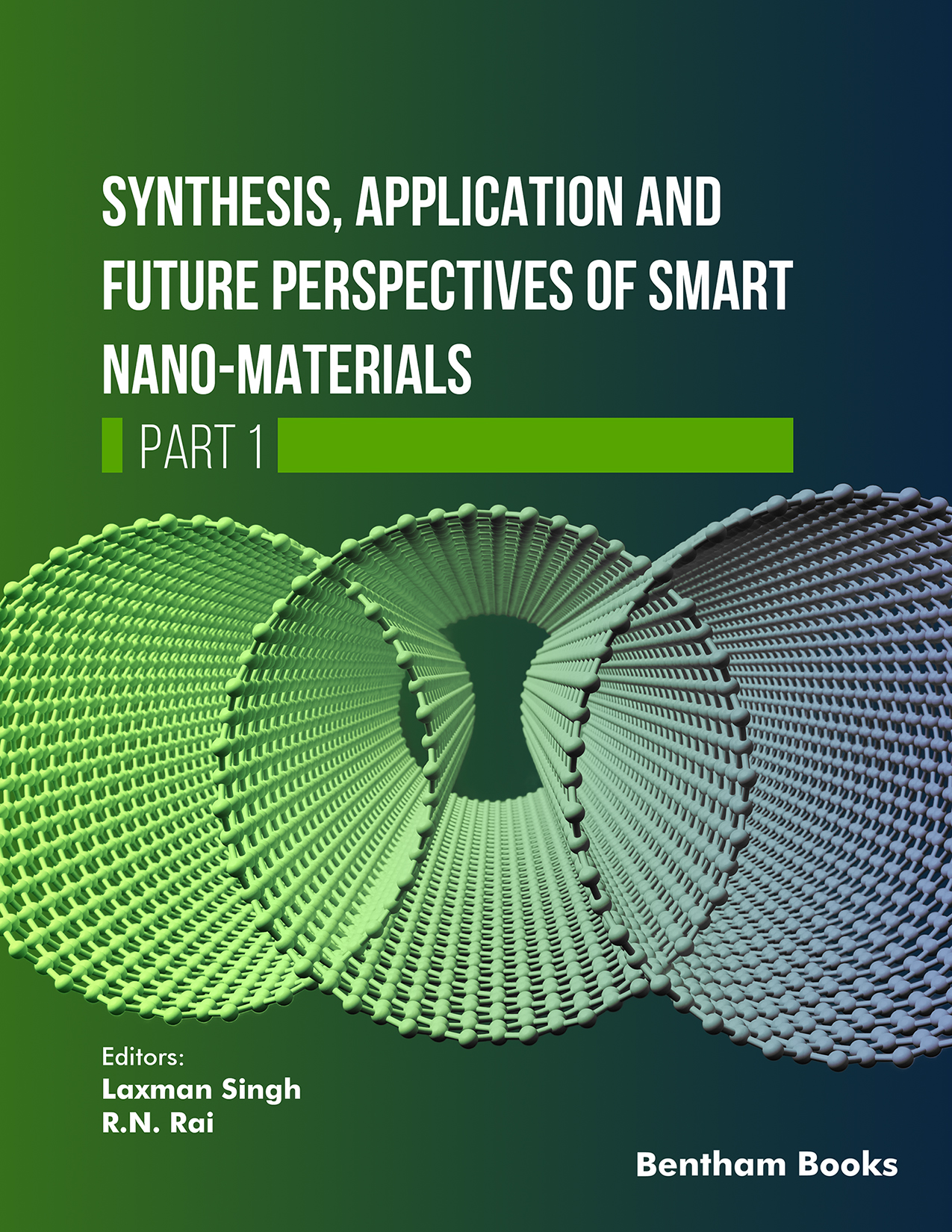In the 21st century, the recent advances in nanoscience and nanotechnology attracted the discovery of advance novel materials with multiple functionalities. These advanced nanomaterials (NMs) have received considerable attention due to their significant properties, such as chemical composition, small particle size, shape, specific surface area, and solubility. Among the various nanomaterials, smart nanomaterials can be impetus by external factors such as the techniques used for fabrication, temperature, pH, pressure, particle size and shape, pore size, environment, and vicinity, which induce the new kind of functional properties. Therefore, the literature discusses the recent advancement in smart nanomaterials and synthesis procedures that create unusual functional material characteristics and furnish a great opportunity for a larger span of application of these materials.
The book “Synthesis, Application and Future Perspectives of Smart Nano-materials”, edited by Laxman Singh and R.N. Rai, addresses multiple aspects of Smart Nano-materials and their advanced applications in various areas such as energy, sensing, pharmaceuticals, food science and technology, biomedical health, sensing, cosmetics and dermatology, gas, oil, energy, wastewater and environment, textiles, agriculture and many more. The Smart Nano-materials possess excellent electrical, sensing, mechanical, thermal, optical and catalytic properties. In this book, the Editors collected comprehensive literature from all over the world about the latest applications, classification of smart nanomaterials, novel fabrication techniques for achieving good functional properties, etc. The authors have put very good efforts into bringing together researchers, professor, and scholars from different parts of the world to contribute a timely and comprehensive picture of smart nanomaterials. Their expertise and good academic and research credentials in the diverse fields of nanomaterials for energy, biomedical, and environmental applications have helped significantly in compiling and editing the chapters and preparing the book. The book has the potential to serve the community interested in smart nanomaterials and their advancement applications and the latest synthesis process.
I want to wish all the best to the publishers, editors, and contributors for great success. I hope the readers of the book and the policymakers and other stakeholders will find it valuable for further research and commercialization aspects of smart materials, their properties, synthesis techniques and applications.
Kavita Shah
Institute of Environment and Sustainable Development (IESD)
Banaras Hindu University, Varanasi, India

